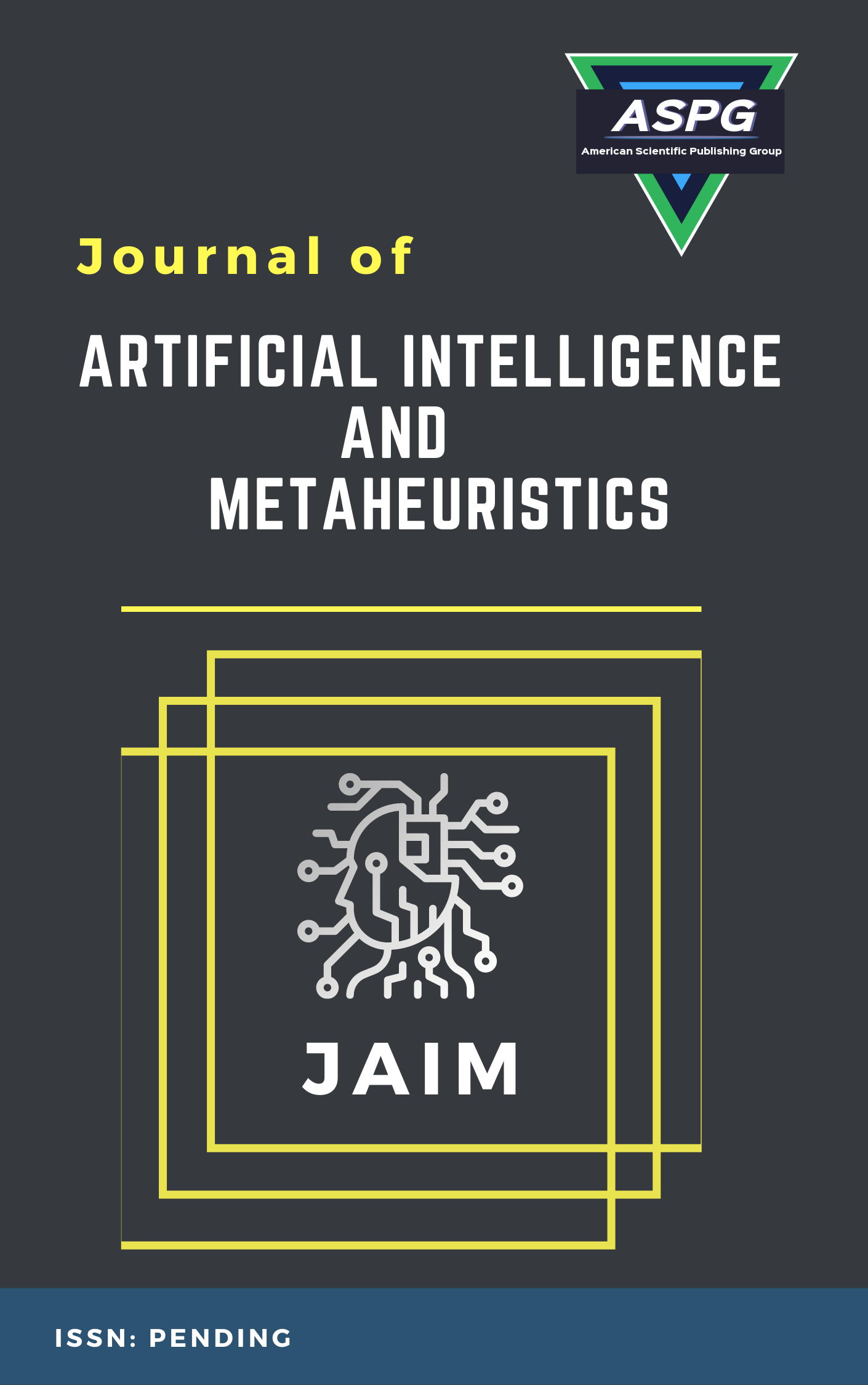

Air pollution is a particularly important problem in most countries right now because of its terrible effects on both the environment and human health. Big cities are most impacted because of the country’s quick industrial and economic development. In this paper, the authors proposed various regression model for the prediction of air quality including decision tree regressor, MLP regressor, SVR, random forest regressor, and K-Neighbors regressor. The air quality dataset, in Itally cities, is used for training and evaluation the proposed model. The results show that there is a decrease in RMSE, MAE, MBE, R, R2, RRMSE, NSE, and WI when compared to the traditional methods.
Read MoreDoi: https://doi.org/10.54216/JAIM.010201
Vol. 1 Issue. 2 PP. 08-16, (2022)
Deep learning is the one of approaches of machine learning that uses algorithms for building a model based on complex unstructured data. The Muslims Holy Qur’an book is written using Arabic diacritized text. In this paper, a traditional method to build a robust Qur’an versus recognition is proposed. The MFCC is used to extract features. These features are adapted using minimum phone error (MPE) as a discriminative model. The acoustic model was built using the deep neural network (DNN) model. We present an n-gram language model (LM). The dataset of Qur’an verses is used for training and evaluating the proposed model, consisting of 10 hours of .wav recitations performed by 60 reciters. The Experimental results showed that the proposed DNN model achieved a significantly low character error rate (CER) of 4.09% and a word error rate (WER) of 8.46%.
Read MoreDoi: https://doi.org/10.54216/JAIM.010202
Vol. 1 Issue. 2 PP. 17-23, (2022)
Machine learning and deep learning are good bets for solving various intelligence-related problems. While it has practical applications in watermarking, it performs less well on more standard tasks like prediction, classification, and regression. This article offers the results of a thorough investigation into watermarking using modern tools like AI, ML, and DL. Watermarking's origins, some historical context, and the most fascinating and practical applications are also covered briefly.
Read MoreDoi: https://doi.org/10.54216/JAIM.010203
Vol. 1 Issue. 2 PP. 24-30, (2022)
Identifying the talented university students plays an important role in higher education. Special curriculum can be developed for these students as an outcome from the identification process. This curriculum can be compacted, clustered, and accelerated to match and exploit students’ abilities. Current methods for identifying talented students are based on simple identification test in the form of a questionnaire, which is developed for specific age. However, this method of identification cannot cover all aspects of student abilities and inaccurate as it not an iterative process. In this paper, a machine learning approach is proposed for identifying talented students based on their academic performance, which is evaluated repeatedly through their study. In this approach, we measure a set of features representing student abilities, then cluster them based on their features similarity. The proposed approach is applied on a set of 100 university students and shows promising results in identifying the talented group. To emphasize their talent, this group is guided to participate in national competitions that match their abilities, and they could achieve significant ranks.
Read MoreDoi: https://doi.org/10.54216/JAIM.010204
Vol. 1 Issue. 2 PP. 31-41, (2022)
Artificial intelligence methods are utilized in biological signal processing to locate and extract interesting data. The examination of ECG signal characteristics is crucial for the diagnosis of cardiac disease. This heart condition, known as arrhythmia, is quite prevalent. To put it simply, an irregular heartbeat is known as cardiac arrhythmia. It manifests itself when the heart beats abnormally (too slowly, too quickly, or erratically) for no apparent reason. Specifically, the ECG features of the PR, QRS, T, PQ, QT, RR, and cardiac frequency and rhythm are analyzed to diagnose cardiac arrhythmias. The performance of several arrhythmia classification and detection models is analyzed in this work through extensive simulations, emphasizing the most recent developments in this field. Ultimately, the research provides new perspectives on arrhythmia classification methods to address the shortcomings of the current approaches.
Read MoreDoi: https://doi.org/10.54216/JAIM.010205
Vol. 1 Issue. 2 PP. 42-53, (2022)